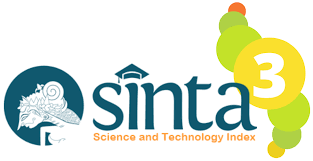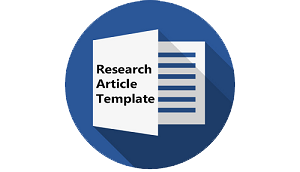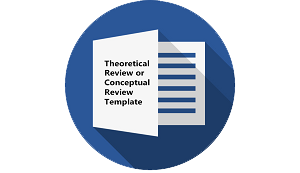STYLE PIDATO EMHA AINUN NADJIB DALAM “MERAJUT KEMBALI NUSANTARAâ€
DOI:
https://doi.org/10.30957/lingua.v13i2.174Keywords:
style, speech, stylistics, NusantaraAbstract
 This paper investigates the use rhetorical dictions and language styles used in the speech of Emha Ainun Najib in “Rebuilding of Nusantaraâ€. Qualitative approach was used in this study. Data of this study were language aspects in the speeches focused on dictions and styles in the speeches performed by Emha Ainun Najib, entitled: “Rebulding of Nusantaraâ€. Data were obtained from www.youtube.com “Orasi Cak Nun Merajut Kembali Nusantara†(Oration of Cak Nun to Rebuild Nusantara). The study revealed diction in the speech of Cak Nun vary from connotative, denotative, five senses, locality, scientific, popular, general, abstract, concrete, and specific. In addition, language styles in the speech include: paralellism, repetition, metaphor, persinification, simile, climax, erothetis, euphemism, and hyperbole.Â
Downloads
Download data is not yet available.
Downloads
Published
2016-08-03
How to Cite
Triasmoro, G. Y. (2016). STYLE PIDATO EMHA AINUN NADJIB DALAM “MERAJUT KEMBALI NUSANTARAâ€. LINGUA: Jurnal Bahasa, Sastra, Dan Pengajarannya, 13(2), 181–194. https://doi.org/10.30957/lingua.v13i2.174
Issue
Section
Articles
License
Authors who publish with this journal agree to the following terms:
- Authors retain copyright and grant the journal right of first publication with the work simultaneously licensed under a Creative Commons Attribution-ShareAlike 4.0 International License that allows others to share the work with an acknowledgement of the work's authorship and initial publication in this journal.
- Authors are able to enter into separate, additional contractual arrangements for the non-exclusive distribution of the journal's published version of the work (e.g., post it to an institutional repository or publish it in a book), with an acknowledgement of its initial publication in this journal.
- Authors are permitted and encouraged to post their work online (e.g., in institutional repositories or on their website) prior to and during the submission process, as it can lead to productive exchanges, as well as earlier and greater citation of published work (See The Effect of Open Access).















